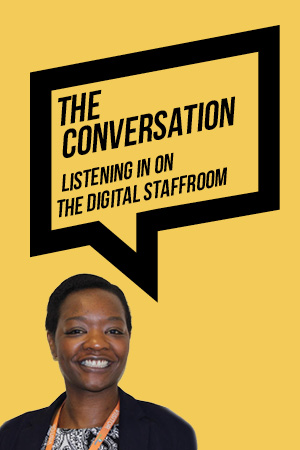My eyes lit up at the thought of reviewing a book about psychology in education as it’s a discipline that I have a keen interest in but only a limited amount of knowledge. Its aim is to translate complex literature written by academic psychologists into practical, useable, engaging activities and resources. I took a breath, started reading and hoped that this is exactly what I would get. Tina Rae is not a conventional classroom educator but brings a wealth of knowledge about the theories of educational psychology. Alongside her is Ruth MacConville, head of SEN in the London borough of Ealing.
Split into three main sections, the book includes an introduction to positive psychology; a PowerPoint presentation that can be used directly to introduce the concept to staff; and resources to help support the implementation of the character education programme. My first insight to positive psychology made me think that it was not for me, although it was hard to put my finger on why. I just wasn’t sparked with enthusiasm. Nonetheless, I could see why the book aims to redress the imbalance of psychology currently focusing on negative traits in human behaviour.
I wondered why teachers spend so much time focusing on weaknesses. Should we, as the authors say, aim for students to flourish and simply be happy? There is an insurmountable mutual benefit in education and happiness after all. At least, that’s what Rae and MacConville argue. I was hit by a barrage of acronyms in the opening section, which made me think of a CPD session run by seasoned consultants. Not something I am fond of. However, I kept reading, thinking of my own classroom practice and how I could transfer my learning into my teaching and my students’ learning, along with my role as a leader. Gradually, I began to enjoy the plea for education to be all-encompassing; developing a young person’s character, grit and self-determination. Rae and MacConville argue that schools should not turn into exam factories, pitching against each other through league tables.
The next section is “A PowerPoint in a book”. Unconventional, but helpful nonetheless in providing a detailed template for demonstrating positive psychology to others. Facilitator notes give the presentation a “pick up and go” feel.
I found this section a helpful summary of the prior chapter. It simplified the earlier text and allowed me to refocus on where I may have had limited knowledge. It was almost a “self-test”. The final part takes up two thirds of the text and is devoted to resources that introduce students to key insights of positive psychology. The resource bank claims to be unique in its approach because of its emphasis on “character-strengths”.
I kept thinking about our most disadvantaged students: would these activities would help to balance the inequalities they face daily through no fault of their own? I skimmed through the ready-to-photocopy resources trying to figure out what age they would apply to. They seemed closely related to primary school or for students with a very young physical and mental age (unfortunate for me, as I teach older students). The images associated with the task sheets reaffirmed this hunch. Nevertheless, with more than 200 pages of suggestions it would be difficult for an educator not to find something relevant and useful.
Towards the end there is an unhealthily thin section on guidance for parents. I found it interesting that parents seemingly do not have a larger part to play.
Overall, the book is a helpful introduction to useable psychology, even for a layman like me. I found it thought-provoking and engaging, yet at times a little difficult to place into the context of my secondary school.












Your thoughts